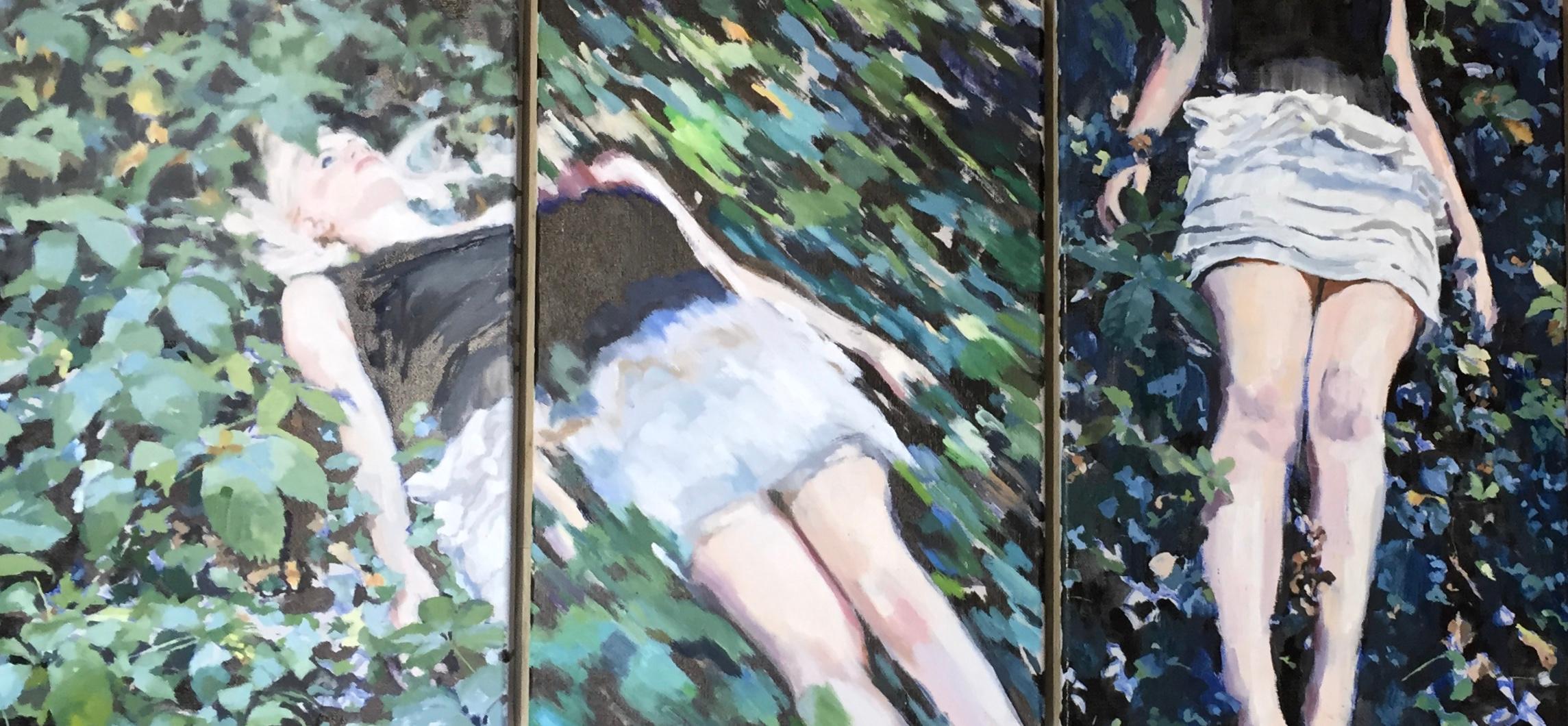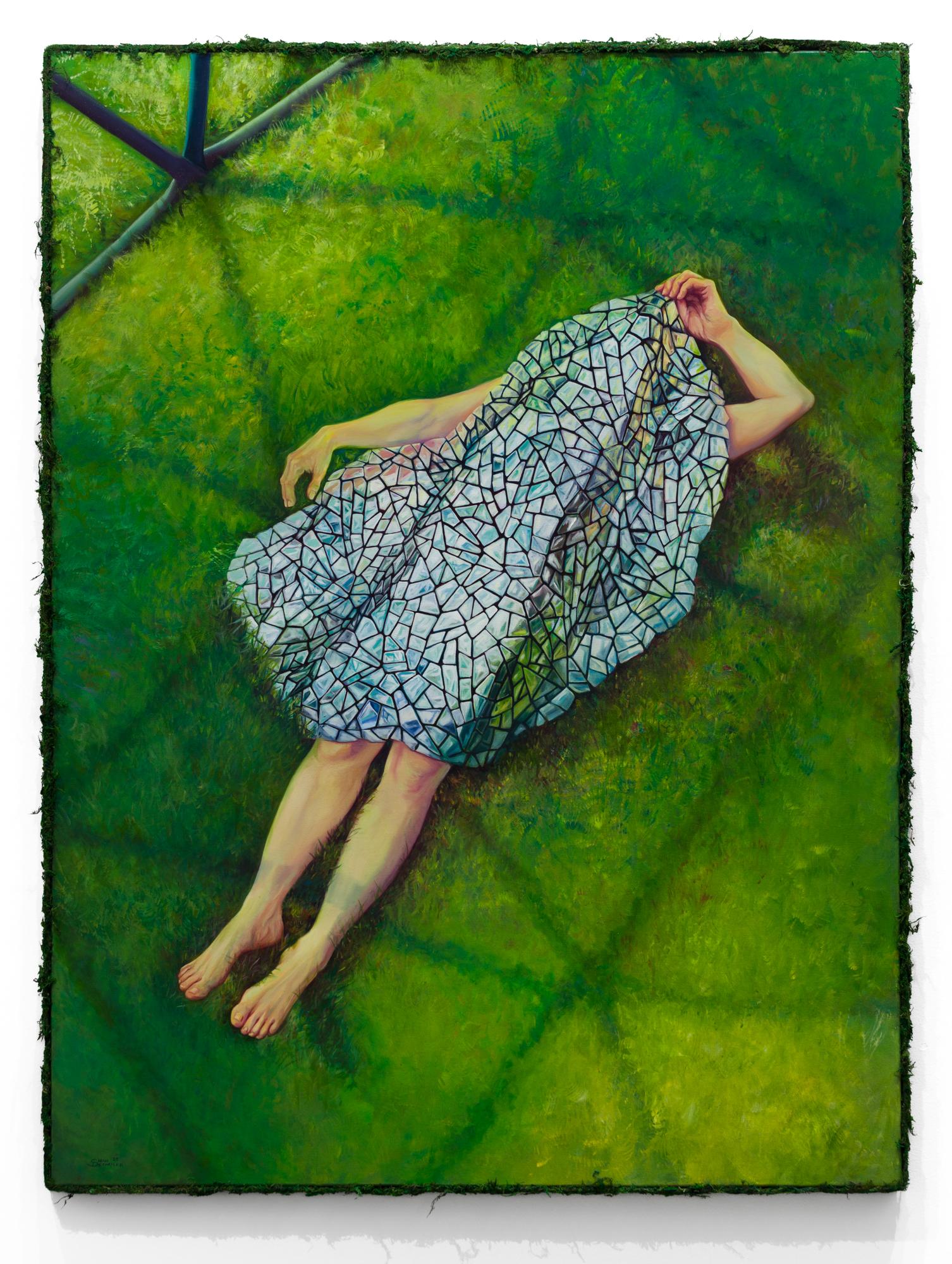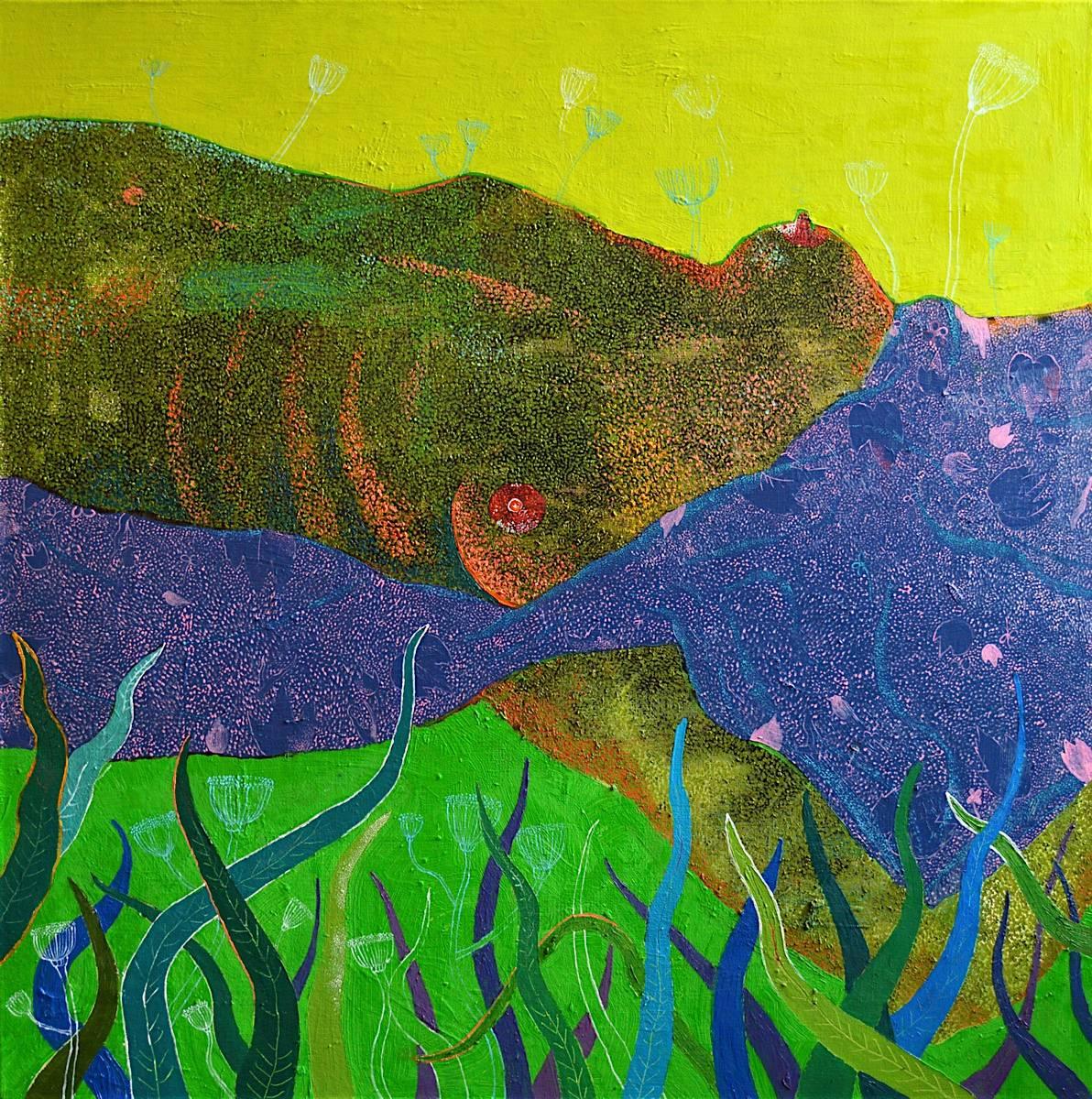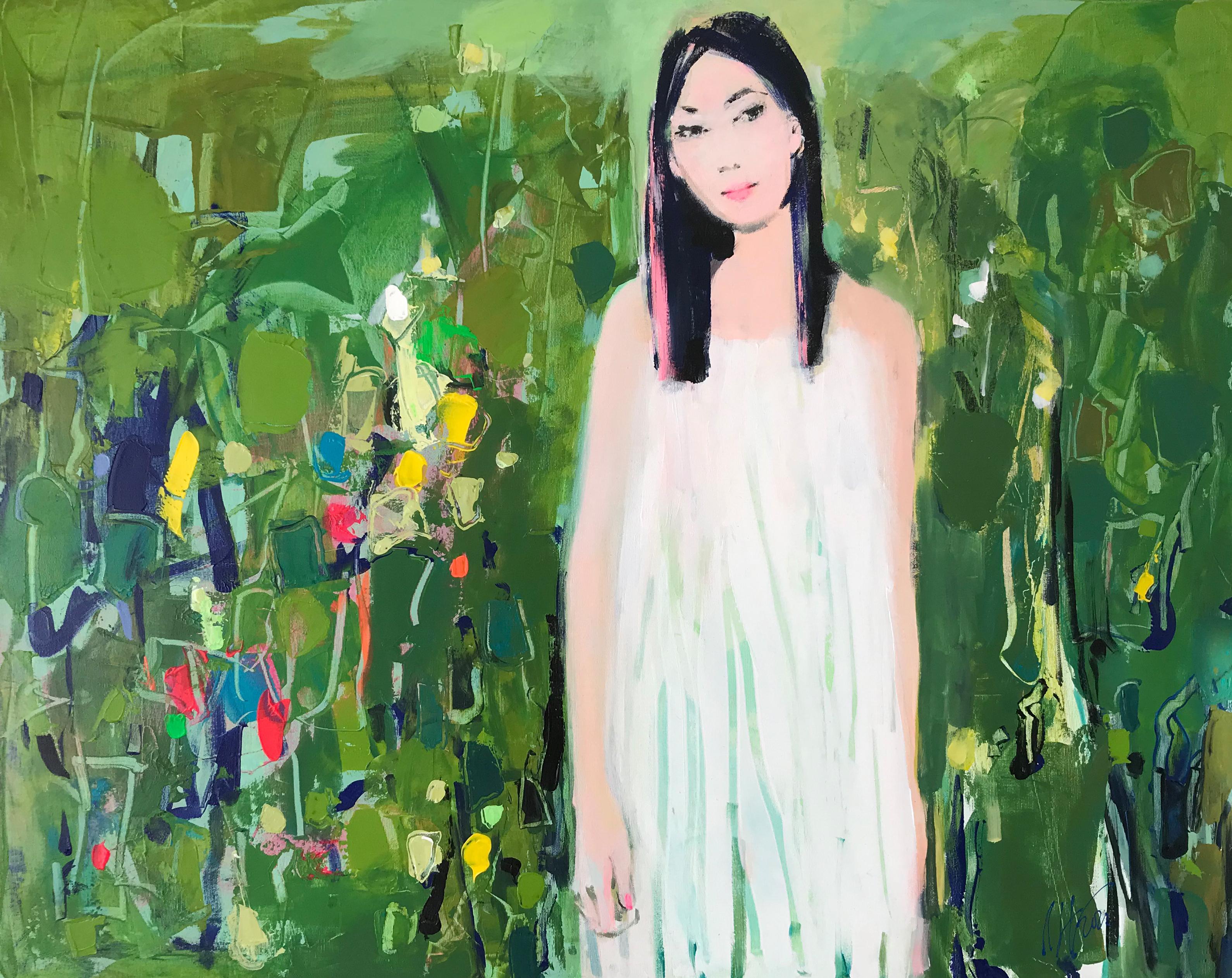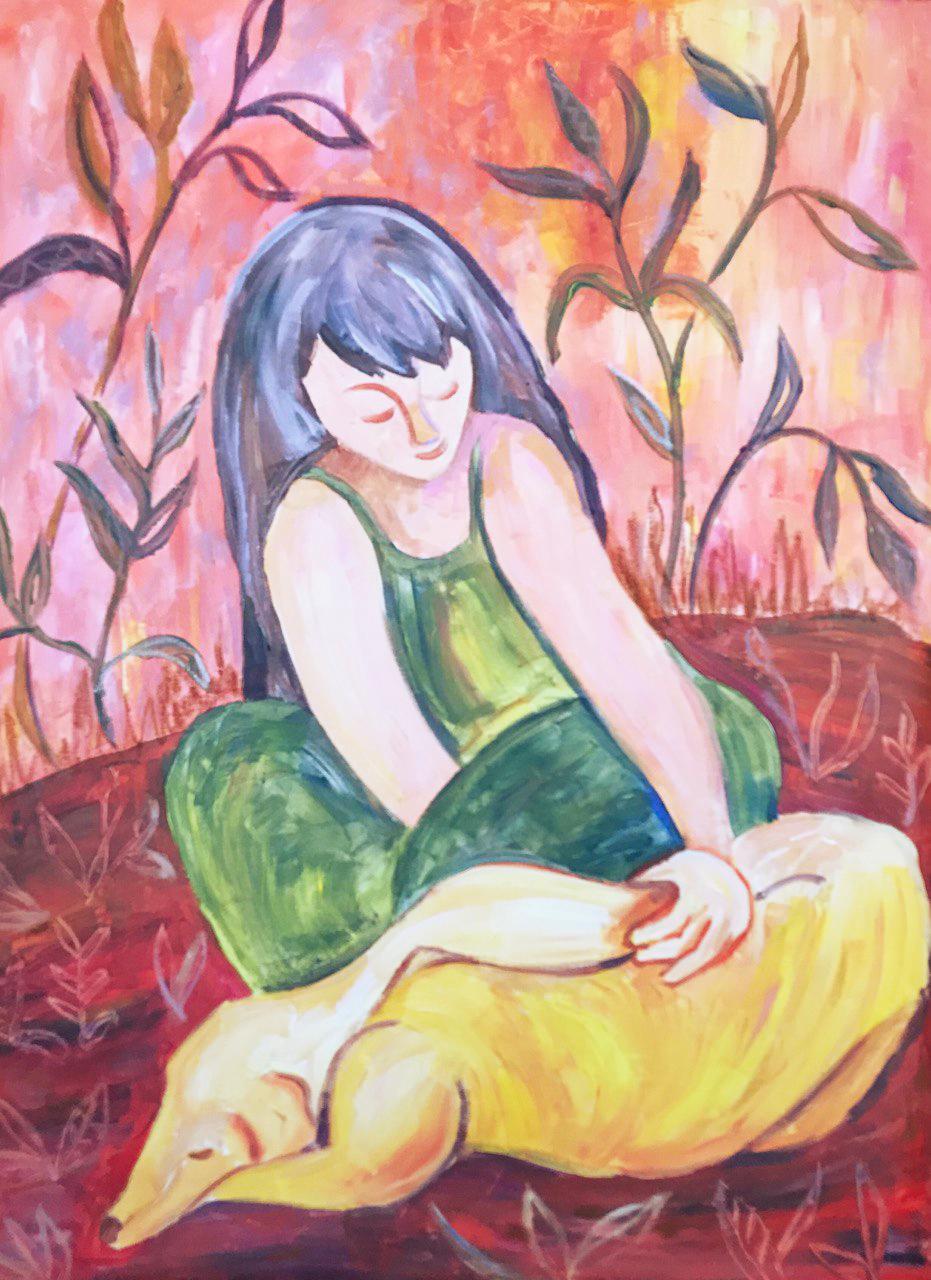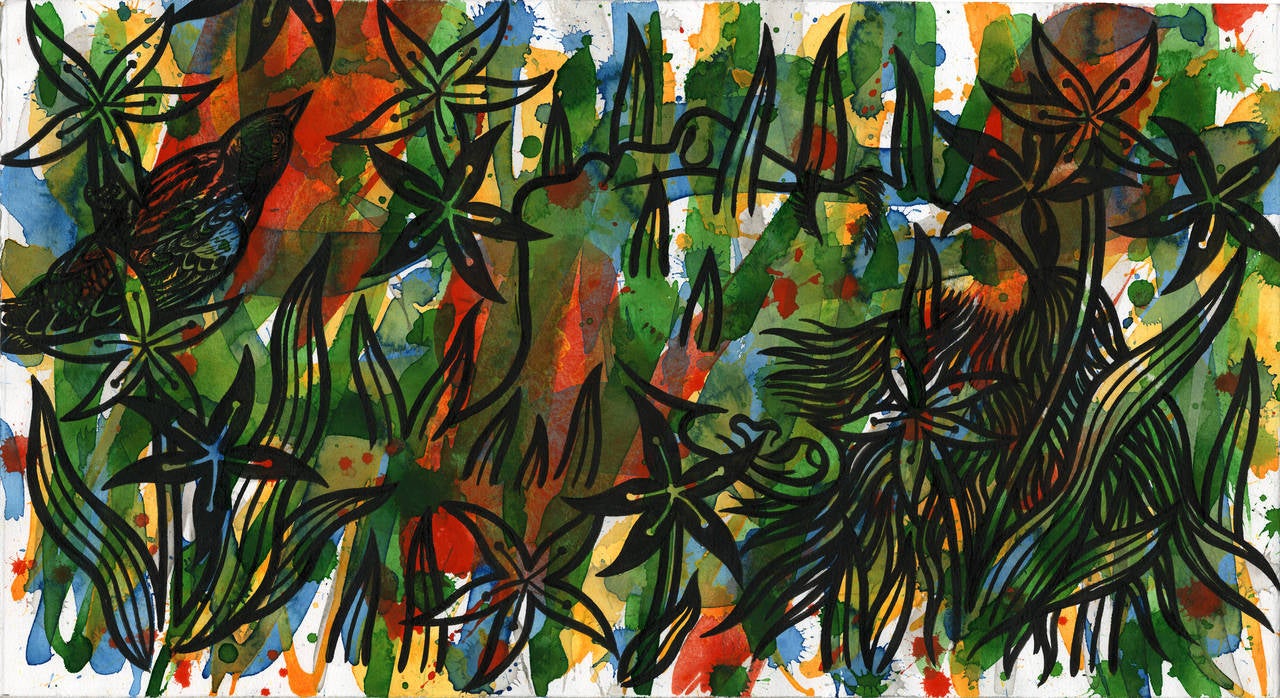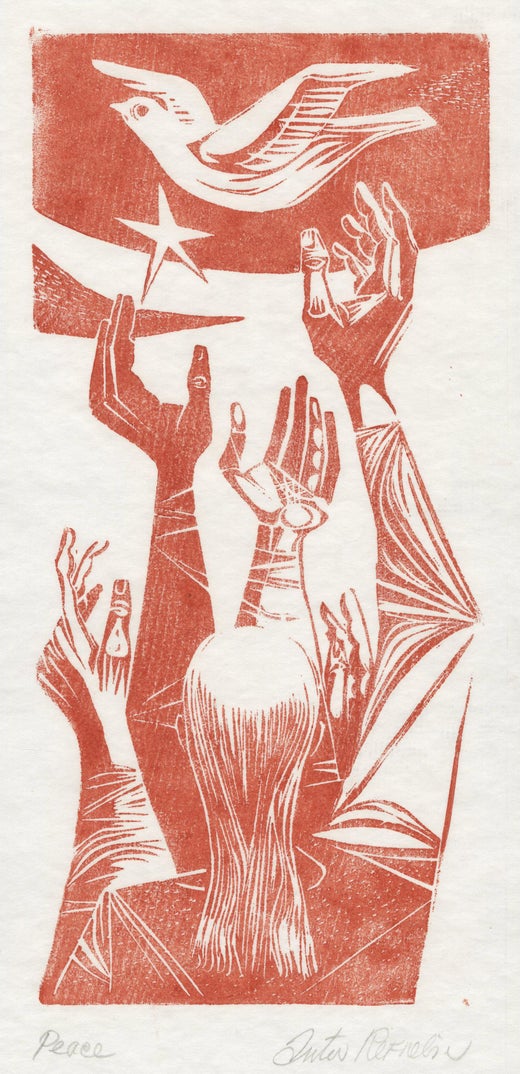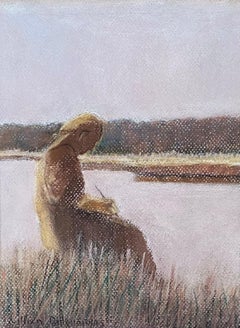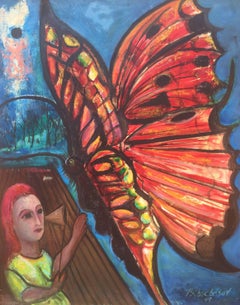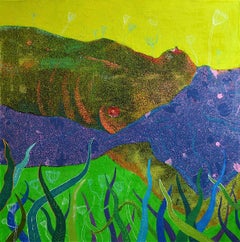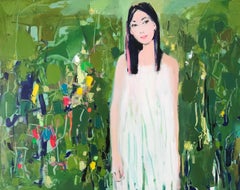Anton Refregier“Girl in the Grass”1962
1962
About the Item
- Creator:Anton Refregier (1905 - 1979, American)
- Creation Year:1962
- Dimensions:Height: 14 in (35.56 cm)Width: 22 in (55.88 cm)Depth: 2.5 in (6.35 cm)
- Medium:
- Movement & Style:
- Period:
- Condition:
- Gallery Location:Southampton, NY
- Reference Number:1stDibs: LU1417520802
Anton Refregier
Anton Refregier was a painter and muralist active in Works Progress Administration Federal Art Project commissions, and in teaching art. He was a Russian immigrant to the United States. He is known, among other works, for his mural The History of California located in the Rincon Center, in downtown San Francisco, California. It depicts the state's history across 27 panels that he painted from 1940–48. The style of this historic mural had many of Refregier's key characteristics. The palette was composed of yellows, browns, and grays, punctuated by red in certain areas to evoke emotion. Earthy tones and the lack of bright colors remind viewers of the struggles and hardships he is depicting. Refregier also uses white to represent virtue in those inspired by a cause. His style is very flat and one-dimensional. Refregier uses solid blocks of color to denote shadows, along with depth and shade. His painting style appears to be very rudimentary and simple, but complex because of the way he uses color to evoke emotion and powerful images to tell a story. Refregier died in 1979 while in Moscow. Refregier was working on a mural for a medical center in his home city. The same year, his Rincon Mural was placed under the protection of the National Register of Historic Places.
- ShippingRetrieving quote...Shipping from: Sarasota, FL
- Return Policy
More From This Seller
View All1960s Post-Impressionist Portrait Paintings
Canvas, Oil
1990s Contemporary Figurative Drawings and Watercolors
Oil Pastel, Archival Paper
1940s American Modern Figurative Paintings
Oil
1930s American Modern Figurative Paintings
Canvas, Oil
21st Century and Contemporary Post-Modern Landscape Paintings
Oil, Wood Panel
1940s Modern Figurative Paintings
Canvas, Oil
You May Also Like
2010s Contemporary Figurative Paintings
Acrylic
21st Century and Contemporary Contemporary Figurative Paintings
Oil, Mixed Media, Found Objects, Canvas
2010s Contemporary Figurative Paintings
Canvas, Oil
2010s Contemporary Figurative Paintings
Canvas, Acrylic
2010s Contemporary Figurative Paintings
Canvas, Acrylic
21st Century and Contemporary Contemporary Abstract Drawings and Waterco...
Archival Ink, Archival Paper, Watercolor
